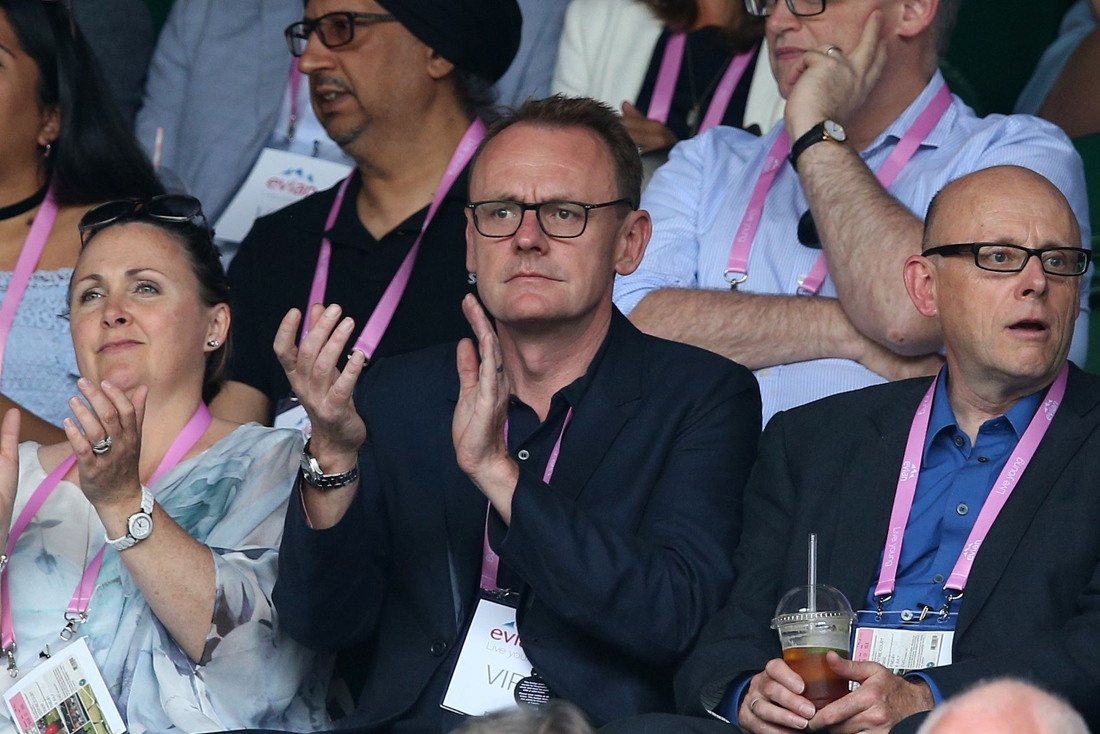For decades, drivers have been created with the idea that engineering advances are the privilege of so-called “premium” cars and their buyers. This principle has been valid for safety, comfort, handling and other important features.
–
–
Content will continue after the ad
Advertising
–
However, significant advances in technology have led to changes in even such an inert and conservative sector as car manufacturing. Thanks to the growing supply of technology and its democratization, even so-called economy-class models are often able to provide the level of comfort and safety that was reserved for expensive sedans and SUVs just three decades ago.
Both safety and emission control requirements and the expectations of today’s customers have greatly contributed to the availability of state-of-the-art vehicles from affordable vehicle manufacturers such as Peugeot or Opel, as well as a wide range of equipment. Looking more closely at their technical solutions, comfort or ergonomics, one may even wonder whether paying a dear amount for a “premium” car does not cost part of the money alone?
The basic functions work the same
Perennial Competition »Latvian Car of the YearAldis Zelmenis, a member of the jury and the creator of the program “TV Auto Ziņas”, points out that modern economy class cars perform their functions perfectly at the basic level and in this respect they are no worse than expensive vehicles.
It is also important that many cars are no longer seen as objects of worship – they are no longer a dream or a symbol of independence. And if you only need transportation a few times a week, car sharing or a taxi can come out significantly cheaper than your own car.
“On the other hand, there will always be people who want to identify with a car or a famous brand and want it to serve as a kind of business card and a means of self-expression. says an experienced journalist.
Evolution and the effect of falling prices
The gap between high-end and other cars has narrowed significantly over the last decade. It is no longer surprising that, say, the mid-range Peugeot is equipped with a parking assistant, road signs and driver fatigue detection system, adaptive cruise control, LED low beam and high beam, electrically adjustable seats with massage function, a grip-enhancing solution like Grip Control, Android Auto and Apple CarPlay connectivity or even a night vision system.
All this equipment can be installed in a car that costs up to 40 thousand euros, while a similarly equipped Audi or BMW will cost one and a half or two times more expensive.
An interesting paradox is the guarantee: the manufacturers of the most affordable vehicles offer rules that are rare in the market of prestigious vehicles. For example, Kia has a seven-year or 150,000 km warranty on its cars, while Citroën and Peugeot have a five-year warranty without mileage restrictions.
The latter also offers the option of choosing any model with any desired drive: a petrol or diesel engine, or an electric motor, and some with a rechargeable hybrid. BMW is now developing a similar strategy.
“In terms of paradoxes, everyone can study the equipment and pricing policy. It will often be the case that the accessories of a” simple “car are cheaper, but the basic equipment is more extensive. For example, the Peugeot 508 night vision system costs about 1600 euros, about the same as Bentley Bentayga sunroof, “explains the creator of” TV Auto News “.
Manufacturers are raising the bar, and the winners are the buyers
No matter what the average pace of development in the industry, prestigious brands do not stand idly by: they are looking for innovative technical solutions and new dimensions of comfort. Zelmenis agrees that differences still exist.
“I think the differences will continue. This is partly due to the way car companies are organized – in many cases it is a vertical hierarchy where both consumer products and super-exclusive brands are under one roof. Both shareholders and managers are interested in keeping the differences. , strong demand and high profitability, “says Zelmenis.
However, manufacturers can also take steps to set new, high standards for cars available to a wide range of buyers. A well-known example is Opel, which equips its vehicles with seats certified by independent German back health professionals, while Peugeot uses nappa leather, a soft, comfortable yet durable material to trim its cars. In addition, the latter deserves special attention with its approach to ergonomics: the innovative i-Cockpit has received much praise in consumer surveys for its intuitive use and comfort.
As manufacturers compete with each other and raise standards, as well as challenge traditional leaders, the biggest winners are and will ultimately be car buyers.
–


